Archives
- 2025-11
- 2025-10
- 2025-09
- 2025-03
- 2025-02
- 2025-01
- 2024-12
- 2024-11
- 2024-10
- 2024-09
- 2024-08
- 2024-07
- 2024-06
- 2024-05
- 2024-04
- 2024-03
- 2024-02
- 2024-01
- 2023-12
- 2023-11
- 2023-10
- 2023-09
- 2023-08
- 2023-06
- 2023-05
- 2023-04
- 2023-03
- 2023-02
- 2023-01
- 2022-12
- 2022-11
- 2022-10
- 2022-09
- 2022-08
- 2022-07
- 2022-06
- 2022-05
- 2022-04
- 2022-03
- 2022-02
- 2022-01
- 2021-12
- 2021-11
- 2021-10
- 2021-09
- 2021-08
- 2021-07
- 2021-06
- 2021-05
- 2021-04
- 2021-03
- 2021-02
- 2021-01
- 2020-12
- 2020-11
- 2020-10
- 2020-09
- 2020-08
- 2020-07
- 2020-06
- 2020-05
- 2020-04
- 2020-03
- 2020-02
- 2020-01
- 2019-12
- 2019-11
- 2019-10
- 2019-09
- 2019-08
- 2018-07
-
br Contributors br Acknowledgements br Introduction
2020-01-14

Contributors Acknowledgements Introduction Pemphigus disorders are characterized by autoantibodies binding to desmosomes between epidermal cells, resulting in the loss of cell to cell adhesion and blister formation. In pemphigus foliaceus, autoantibodies predominantly bind to desmoglein 1,
-
To further determine the cell death the cells
2020-01-14
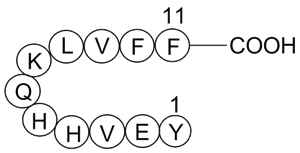
To further determine the cell death, the Quercitrin in flasks were harvested after OGD or LTD4 treatment, washed twice with PBS, and evaluated with Annexin V (AV)-FITC apoptosis detection kit I (BD Biosciences Pharmingen, USA) on a flow cytometer (FACSCalibur, Becton–Dickinson, USA). Briefly, 106 c
-
Another significant finding in our study
2020-01-14

Another significant finding in our study was the demonstration that the axon-protective action associated with CK2 inhibition correlated with preservation of mitochondrial structure and function in EHop-016 (Fig. 11). Because of the consistent protection conferred by CK2 inhibition during OGD, impr
-
(-)-p-Bromotetramisole Oxalate Covalent inhibitors are well
2020-01-14

Covalent inhibitors are well suited for targeting the E1 (-)-p-Bromotetramisole Oxalate of Ubl modifications. Because the E1 enzymes in Ubl modifications, such as the SUMO E1 and Atg7, have a slow turnover rate (Boggio et al., 2004), prolonged inhibition can be achieved without requiring compounds
-
The imaging and biochemical data presented here
2020-01-14
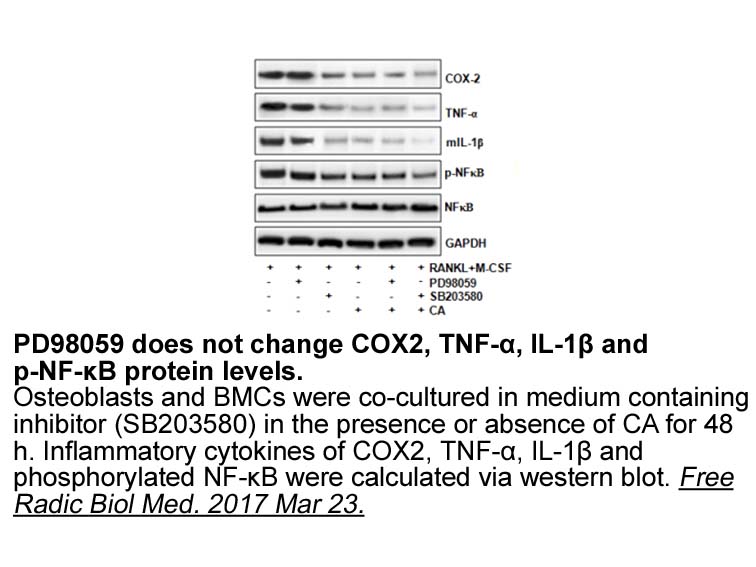
The imaging and biochemical data presented here demonstrated that in T cells, AEP played a specific function in cleaving Foxp3 but not Tbet. These results are in accordance with previous AEP studies where it has been shown that AEP substrates in part are not amenable to other protease activity. In a
-
Air trapping at the small airways is related to severe
2020-01-13
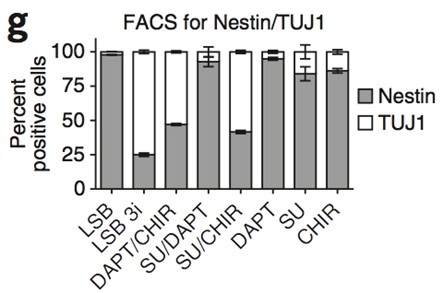
Air-trapping at the small airways is related to severe Azacyclonol receptor (Bjermer, 2014), and acute exacerbation (Mahut et al., 2010). Although asthma patients are generally treated with inhaled corticosteroid (ICS) or with ICS and long-acting β2 agonist (LABA), the efficacy of such treatment de
-
During DNA replication p protein
2020-01-13

During DNA replication p21 protein binds PCNA, in its role as processivity factor, to stop replication when there is DNA damage, and apparently p21 also binds PCNA when this is in complex with Cyc/CDKs [11]. In plants, KRPs (functional analogs of p21), inhibit kinase activity in CycD/CDKs complexes
-
Large yellow croaker Larimichthys crocea are widely cultured
2020-01-13
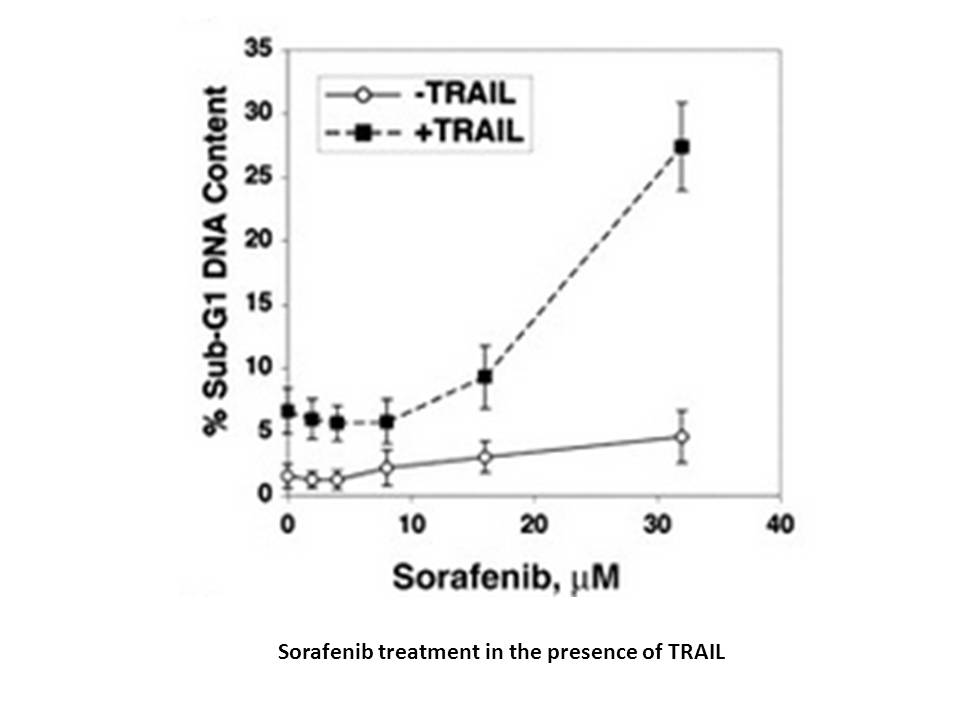
Large yellow croaker (Larimichthys crocea) are widely cultured in China but have inferior meat texture compared with wild fish. This result results from excess lipid deposition in the muscle, which reduces mechanical strength (Thakur et al., 2003). The liver is the central of lipid metabolism and st
-
Data presented herein suggest that
2020-01-13

Data presented herein suggest that competent IL-18BP production in epithelial Pioglitazone is implemented by epigenetic means based on demethylation of a single CpG site at −45 bp/−44 bp (CpG2) of the human IL18BP promoter. In contrast, retarded IL-18BP production in monocytic cells associates with
-
UVRAG is a mammalian ortholog of
2020-01-13
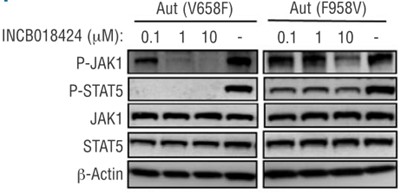
UVRAG is a mammalian ortholog of yeast Vps38 and a promoter of autophagy [51,60,61]. It forms distinct complexes with BECN1 (mammalian ortholog of yeast Vps30/Atg6) and the class III phosphatidylinositol 3-kinase (whose catalytic subunit [PIK3C3] is the mammalian ortholog of yeast Vps34) and contrib
-
Importantly our in vivo data fit to the in
2020-01-13

Importantly, our in vivo data fit to the in vitro data, further confirming the synergistic effect of XJD and gefitinib on the inhibition of lung cancer and the regulation of SP1, HOTAIR, and EP4 (+)- Corydaline levels. The doses of XJD used were based on our previous in vivo study (Zhao et al., 2016
-
br Genes involved in oxysterol metabolism
2020-01-13
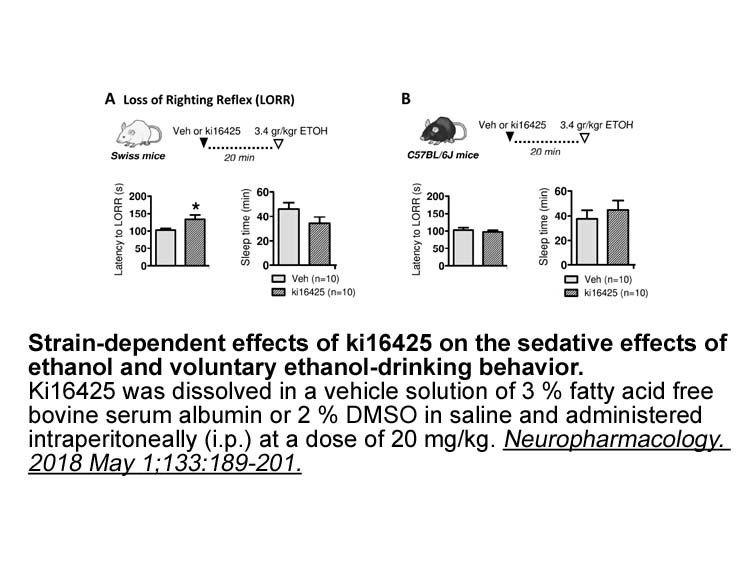
Genes involved in oxysterol metabolism The main enzymes that participate in the metabolism of oxysterols generally belong into one of two groups: transferases or oxidoreductases [22]. The following chapter describes those genes of oxysterol metabolism whose polymorphisms have been associated with
-
br Materials and methods br Results
2020-01-13
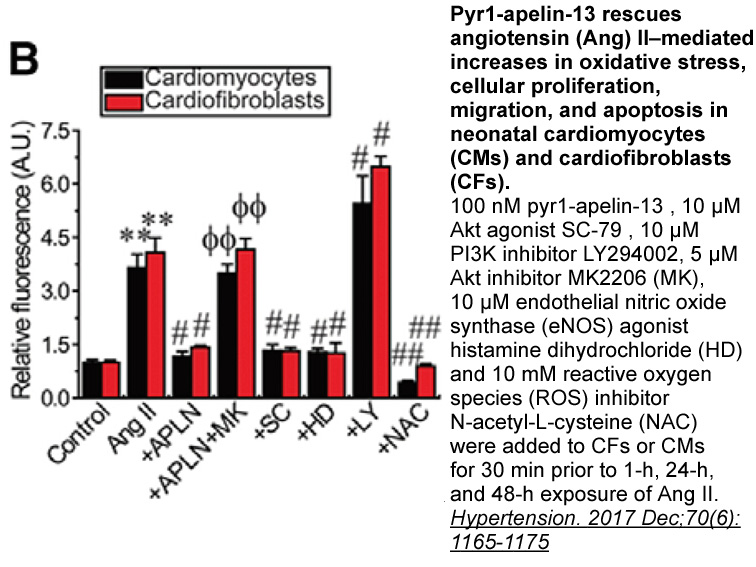
Materials and methods Results Discussion We recently detected phosphorylation of tyrosine Y102 in BPV-1 E2 and reported that FGFR3 binds to E2 and limits E1 dependent viral DNA replication (Culleton et al., 2017, Xie et al., 2017). In the current study, we addressed the potential role of ot
-
br Acknowledgments This work was supported
2020-01-13

Acknowledgments This work was supported by a grant from the National Center for GM Crops (PJ008152) of the Next Generation BioGreen 21 Program funded by the Rural Development Administration, Republic of Korea, to W.T.K. Introduction Ubiquitin (Ub) has been considered as one of the most import
-
SIRT has deacetylated regulation on numerous
2020-01-13
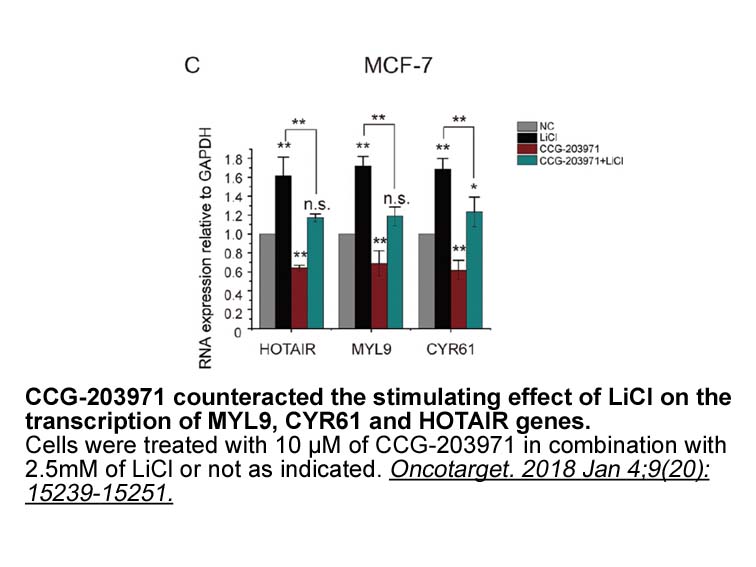
SIRT1 has deacetylated regulation on numerous nonhistone protein substrates [Atgs, Foxo1, Foxo3, PGC-1α, NF-kB, E2F1 and p53] (Conrad et al., 2016) to play a key role in protecting against cell stress. Therefore, the role of SIRT1 in fluorine-induced oxidative stress was explored. The results reveal
13212 records 813/881 page Previous Next First page 上5页 811812813814815 下5页 Last page